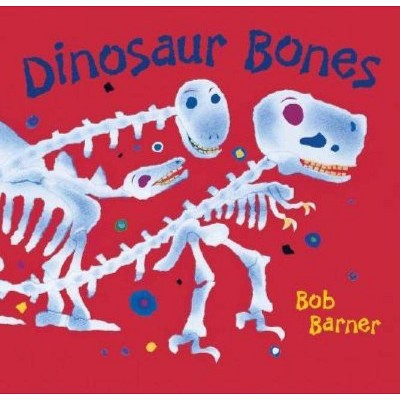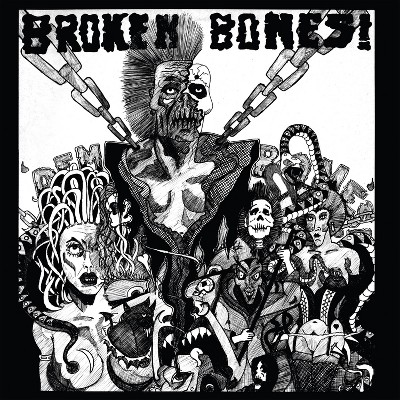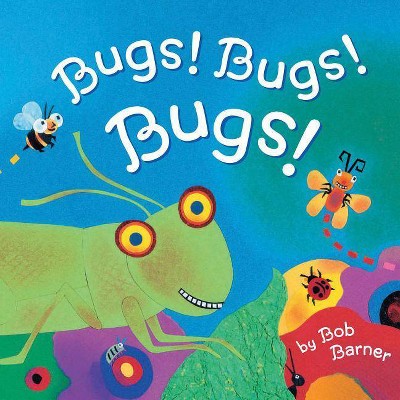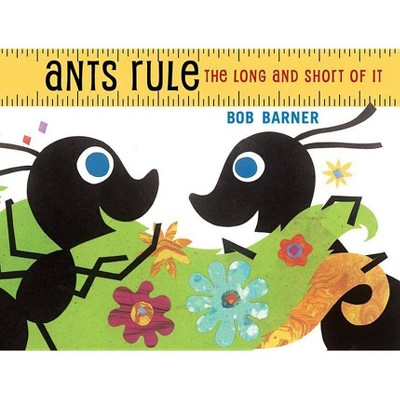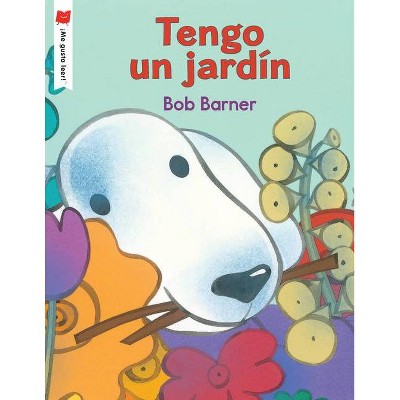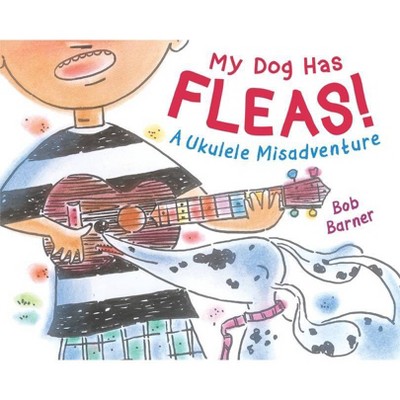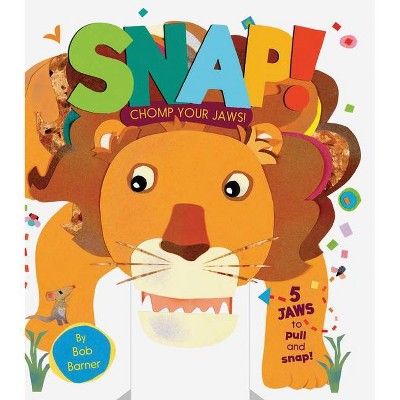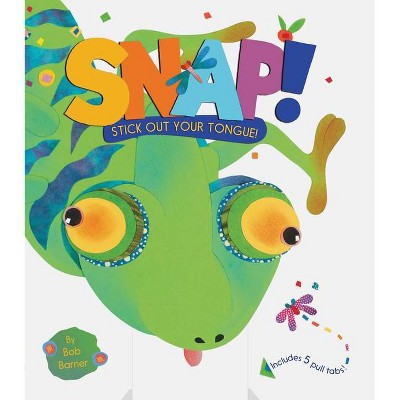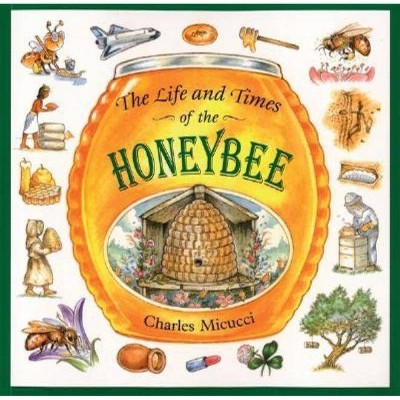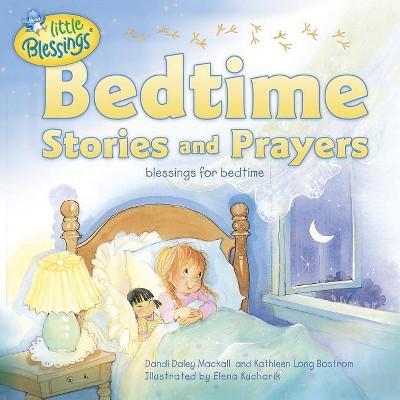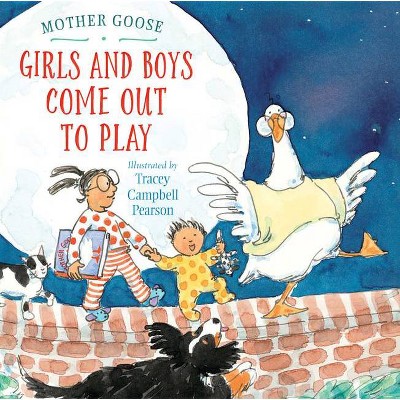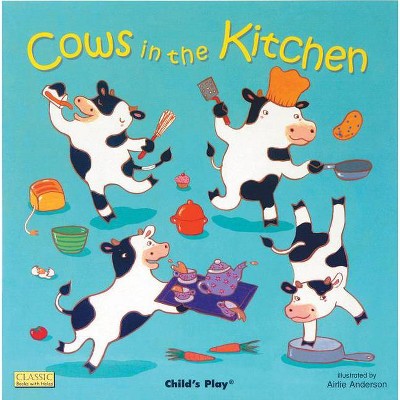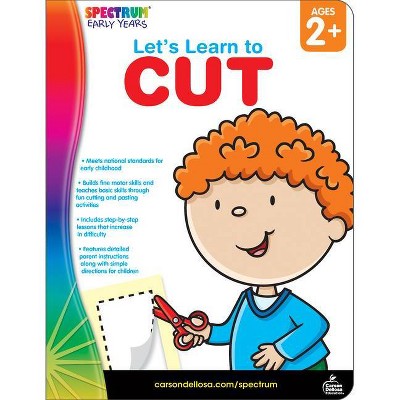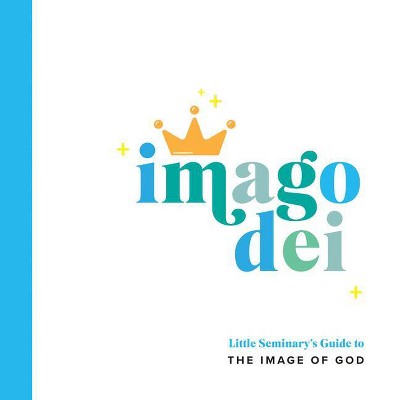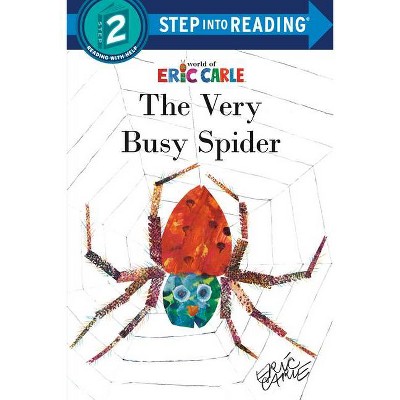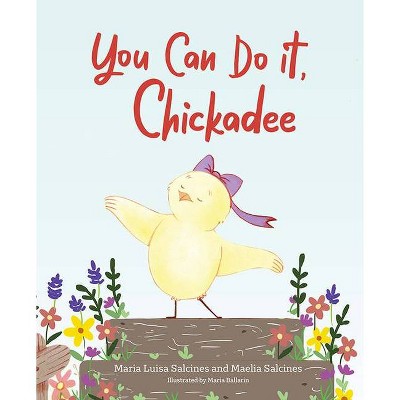Dem Bones - by Bob Barner (Paperback)
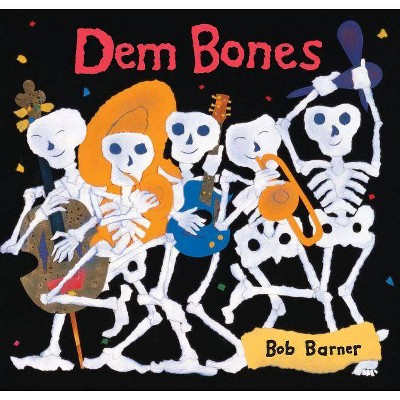
Similar Products
Products of same category from the store
AllProduct info
<p/><br></br><p><b> About the Book </b></p></br></br>Dancing skeletons teach the way bones connect in this lively version of a familiar African-American song. Accompanied by interesting, informative "bone facts," this book makes a wonderful addition to both home and classroom libraries and a fun treat for Halloween. Full color.<p/><br></br><p><b> Book Synopsis </b></p></br></br>Sing along with a colorful skeleton band in this exuberant rendition of a traditional most-loved African-American spiritual, passed down by word of mouth for generations. Today, it's usually sung by children as a way to learn anatomy, rhyme, and language. With its vibrant paper collage illustrations and rollicking read-aloud verse, this perfect introduction to the human body makes a wonderful addition to both home and classroom libraries, and is a fun treat for Halloween!<p/><br></br><p><b> Review Quotes </b></p></br></br><br><P>--"PUBLISHERS WEEKLY, " Starred Review, September 16, 1996<BR> Using a classic African American spiritual as a springboard, Barner dives gleefully into this clever anatomy lesson. Enthusiastic members of a skeleton band cavort across the pages, strumming guitars, blowing hoRNs and otherwise helping to establish a spirited tone while imparting bits of relevant information. Each line from the song is given its own spread; text blocks set into the illustrations give related facts. For the lyric "Leg bone connected to da knee bone," for example, readers learn that the knee joint "works like a hinge," enabling one to "kick, jump, squat, and dance." The particular bone in question is always high-lighted in red on the skeleton, leaving no room for doubt. Splashed across a series of bright backdrops (Halloween colors predominate), Barner's (Bennys Pennies) cut and torn-paper collages are geared for tickling the funny bones of the early elementary set. Just about the only thing lacking here is the musical notation for a sing-along. No bones about it, this will be a real boost for those looking to inject a little humor and fun into basic facts about the human body. Ages 2-8.<BR> <P> --"CHILD, " October 1996<BR> This cast of frolicking skeletons is sure to tickle any kid's funny bone. Plus, readers will learn some anatomical facts, like how many bones we're born with (450).<BR> <P>--"CHILDREN'S BOOK REVIEW SERVICE, " October 1996<BR> Barner uses the African-American song "Dem Bones" to take children on an insightful journey through the human body. Children will be able to sing along to the familiar tune (and perhaps even act it out). A perfect real-aloud for its use of the song and because of the large, vivid collage illustrations.<BR> <P>--"SCHOOL LIBRARY JOURNAL, " November 1996 <BR> Descriptions of skeletal structures are interspersed with the words of the traditional African American spiritual "Dem Bones." Leg bones, ankle bones, and neck bones are described in medical terminology and their structures are explained in simple terms for young readers. Subtle humor is helpful in explaining some of the concepts ("The skull is like a box that grows."). The colorful paper collage illustrations add humor and feature dancing, smiling skeletons playing instruments in accompaniment to the lyrics. This could be enjoyed as a picture book, using just the lyrics, but it works just as well as easy nonfiction.<BR> <P>--"FAMILY LIFE, " November 1996 <BR> You remember the old spiritual, the one that goes something like, "The toe bone's connected to the foot bone, Foot bone's connected to the ankebone...." Barner has connected the song to his exuberant pictures of music-playing skeletons and fun information about human anatomy. The result is a book that entertains and educates this age group and gets them tapping their toe bones, too. Bravo.<BR><br><br><P>--"PUBLISHERS WEEKLY, "Starred Review, September 16, 1996<BR> Using a classic African American spiritual as a springboard, Barner dives gleefully into this clever anatomy lesson. Enthusiastic members of a skeleton band cavort across the pages, strumming guitars, blowing hoRNs and otherwise helping to establish a spirited tone while imparting bits of relevant information. Each line from the song is given its own spread; text blocks set into the illustrations give related facts. For the lyric "Leg bone connected to da knee bone," for example, readers learn that the knee joint "works like a hinge," enabling one to "kick, jump, squat, and dance." The particular bone in question is always high-lighted in red on the skeleton, leaving no room for doubt. Splashed across a series of bright backdrops (Halloween colors predominate), Barner's (Bennys Pennies) cut and torn-paper collages are geared for tickling the funny bones of the early elementary set. Just about the only thing lacking here is the musical notation for a sing-along. No bones about it, this will be a real boost for those looking to inject a little humor and fun into basic facts about the human body. Ages 2-8.<BR><P> --"CHILD, " October 1996<BR> This cast of frolicking skeletons is sure to tickle any kid's funny bone. Plus, readers will learn some anatomical facts, like how many bones we're born with (450).<BR><P>--"CHILDREN'S BOOK REVIEW SERVICE, " October 1996<BR> Barner uses the African-American song "Dem Bones" to take children on an insightful journey through the human body. Children will be able to sing along to the familiar tune (and perhaps even act it out). A perfect real-aloud for its use of the song and because of the large, vivid collage illustrations.<BR><P>--"SCHOOL LIBRARY JOURNAL, " November 1996 <BR> Descriptions of skeletal structures are interspersed with the words of the traditional African American spiritual "Dem Bones." Leg bones, ankle bones, and neck bones are described in medical terminology and their structures are explained in simple terms for young readers. Subtle humor is helpful in explaining some of the concepts ("The skull is like a box that grows."). The colorful paper collage illustrations add humor and feature dancing, smiling skeletons playing instruments in accompaniment to the lyrics. This could be enjoyed as a picture book, using just the lyrics, but it works just as well as easy nonfiction.<BR><P>--"FAMILY LIFE, " November 1996 <BR> You remember the old spiritual, the one that goes something like, "The toe bone's connected to the foot bone, Foot bone's connected to the ankebone...." Barner has connected the song to his exuberant pictures of music-playing skeletons and fun information about human anatomy. The result is a book that entertains and educates this age group and gets them tapping their toe bones, too. Bravo.<BR><br><br>--"PUBLISHERS WEEKLY," Starred Review, September 16, 1996<BR> Using a classic African American spiritual as a springboard, Barner dives gleefully into this clever anatomy lesson. Enthusiastic members of a skeleton band cavort across the pages, strumming guitars, blowing hoRNs and otherwise helping to establish a spirited tone while imparting bits of relevant information. Each line from the song is given its own spread; text blocks set into the illustrations give related facts. For the lyric "Leg bone connected to da knee bone," for example, readers learn that the knee joint "works like a hinge," enabling one to "kick, jump, squat, and dance." The particular bone in question is always high-lighted in red on the skeleton, leaving no room for doubt. Splashed across a series of bright backdrops (Halloween colors predominate), Barner's (Bennys Pennies) cut and torn-paper collages are geared for tickling the funny bones of the early elementary set. Just about the only thing lacking here is the musical notation for a sing-along. No bones about it, this will be a real boost for those looking to inject a little humor and fun into basic facts about the human body. Ages 2-8.<BR> <P> --"CHILD," October 1996<BR> This cast of frolicking skeletons is sure to tickle any kid's funny bone. Plus, readers will learn some anatomical facts, like how many bones we're born with (450).<BR> <P>--"CHILDREN'S BOOK REVIEW SERVICE," October 1996<BR> Barner uses the African-American song "Dem Bones" to take children on an insightful journey through the human body. Children will be able to sing along to the familiar tune (and perhaps even act it out). A perfect real-aloud for its use of the song and because ofthe large, vivid collage illustrations.<BR> <P>--"SCHOOL LIBRARY JOURNAL," November 1996 <BR> Descriptions of skeletal structures are interspersed with the words of the traditional African American spiritual "Dem Bones." Leg bones, ankle bones, and neck bones are described in medical terminology and their structures are explained in simple terms for young readers. Subtle humor is helpful in explaining some of the concepts ("The skull is like a box that grows."). The colorful paper collage illustrations add humor and feature dancing, smiling skeletons playing instruments in accompaniment to the lyrics. This could be enjoyed as a picture book, using just the lyrics, but it works just as well as easy nonfiction.<BR> <P>--"FAMILY LIFE," November 1996 <BR> You remember the old spiritual, the one that goes something like, "The toe bone's connected to the foot bone, Foot bone's connected to the ankebone...." Barner has connected the song to his exuberant pictures of music-playing skeletons and fun information about human anatomy. The result is a book that entertains and educates this age group and gets them tapping their toe bones, too. Bravo. <BR><br><p/><br></br><p><b> About the Author </b></p></br></br>Bob Barner loves music (he owns seventeen guitars and four ukuleles) and had never broken a bone until he wrote this book. He's presented <i>Dem Bones</i> in Guam, India, Mexico, and South Korea, and has received bone art from many other places around the world. He lives in San Francisco.
Price History
Price Archive shows prices from various stores, lets you see history and find the cheapest. There is no actual sale on the website. For all support, inquiry and suggestion messagescommunication@pricearchive.us
